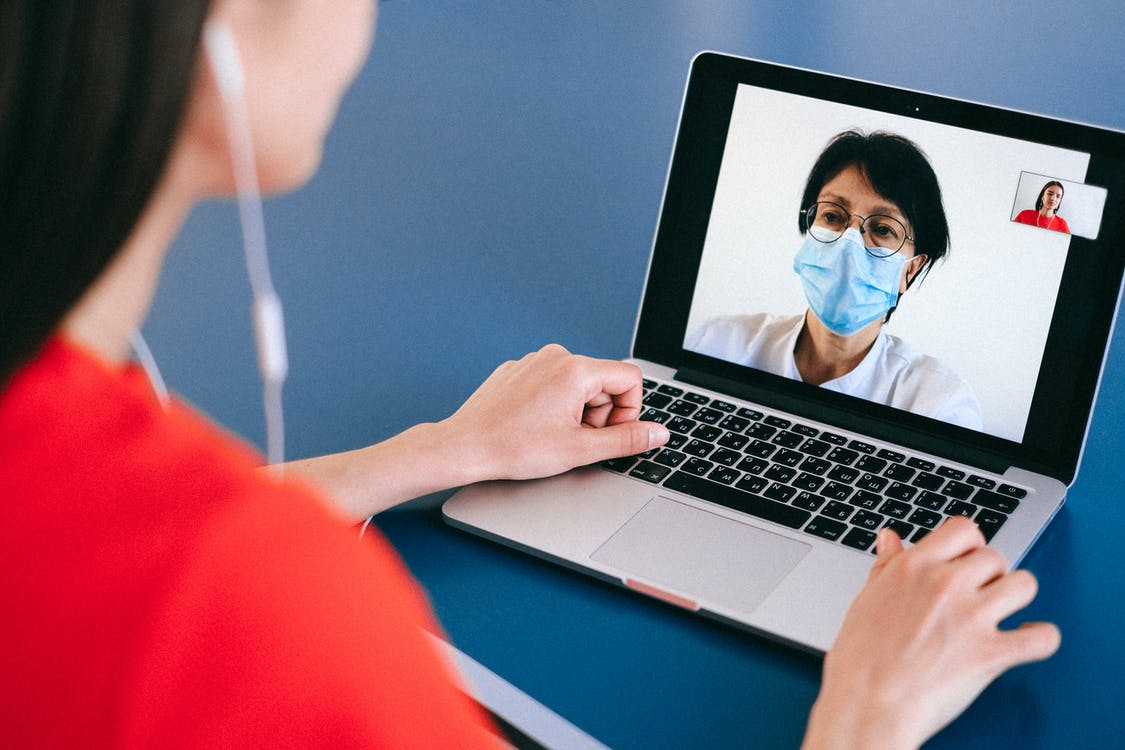
06 Apr THE FUTURE OF DENTISTS AND DENTRISTY
The dental profession has come a long way since its inception, with advances in technology and technique continuously shaping its future. Today, dentists face new market shifts and new opportunities as they strive to provide the best possible care for their patients. Given the current state of affairs, what say we look at the future of dentistry, highlighting key technological advancements, the increasing focus on personalized care, and the evolving role of dental professionals in the years to come?
Right from the jump, artificial intelligence (AI) and machine learning are poised to revolutionize dentistry, improving both diagnostic accuracy and treatment planning. For example, AI algorithms can analyze dental radiographs and accurately detect early signs of tooth decay or periodontal disease. As these technologies continue to evolve, dentists will be able to provide more accurate diagnoses and personalized treatment plans, leading to improved patient outcomes.
3D printing is already making waves in the dental industry as well, allowing for the rapid production of dental appliances, such as crowns, bridges, and dentures. As 3D printing technology advances, dentists will be able to create customized dental appliances in-house, reducing wait times and improving patient satisfaction.
Bioprinting, a form of 3D printing that uses living cells, is another promising technology on the horizon. Researchers are currently working on developing bioprinted tissues and organs, and it’s only a matter of time before this technology is applied to dentistry. In the future, dentists may be able to bioprint new teeth, gum tissue, or even bone, revolutionizing the way dental procedures are performed.
Oh, and let’s not forget: Robotics is an additional area of technology that has the potential to transform dentistry. Dental robots can assist dentists in performing complex procedures with more precision and less fatigue, leading to improved outcomes and reduced recovery times. As robotic technology becomes more accessible and affordable, dental practices will likely adopt it to enhance patient care.
Teledentistry, or the use of telecommunication technology to provide dental care remotely, is an emerging trend that has gained traction during the COVID-19 pandemic as well. It allows patients to consult with their dentists from the comfort of their homes, making dental care more accessible and convenient. As technology continues to improve, teledentistry is expected to become an integral part of dental care delivery.
Ultimately though, the future of dentistry is centered around personalized care, which aims to provide tailored treatment plans based on each patient’s unique needs and preferences. This approach considers factors such as genetics, lifestyle, and medical history to develop targeted prevention and treatment strategies. Personalized care will help dentists achieve better outcomes, improve patient satisfaction, and reduce the overall burden of dental diseases.
As dentistry continues to evolve, so too will the role of dental professionals. Dentists and dental hygienists will need to keep up with the latest technological advancements, staying informed about new tools and techniques that can enhance patient care. Additionally, dental professionals must embrace the concept of personalized care, adapting their approach to focus on prevention and early intervention.



